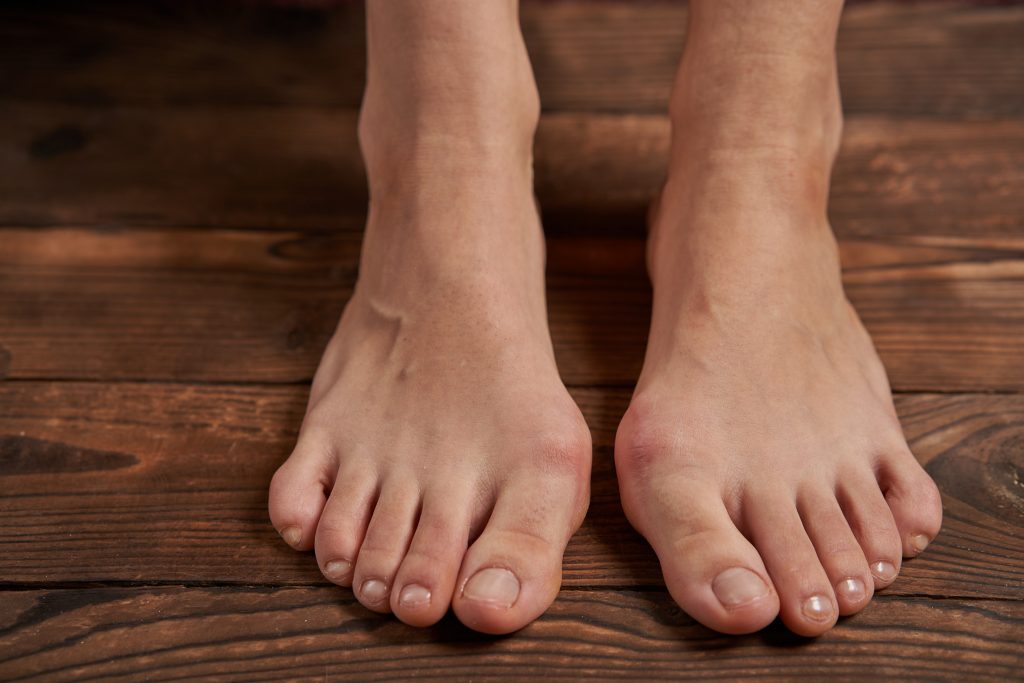Lapiplasty VS Traditional Bunion Surgery

There are a variety of ways to treat a bunion – two of these include orthotics and surgery. When discussing surgery, there are many different procedures to address the many different deformities we call a ‘bunion’. Today, we’re going to compare your options for surgical correction of the basic bunion deformity:
Old Surgical Methods Of Bunion Correction
There are two very common methods of surgical treatment for bunions: Osteotomy, and Fusion Surgery.
During an osteotomy procedure, your orthopedic surgeon makes an incision over the bunion. Then, they shave off any extra bone on the bunion. After this, your surgeon cuts into the end of the big toe to realign your big toe bones oftentimes using permanent metal fixation devices. These screws and wires will hold the bones in the correct position while the bones themselves heal.
You can expect to be weight-bearing about 6 weeks after the surgery. You will need a cast or a boot and will likely need to do some amount of physical therapy. Because you will be non-weight bearing for such a long time, crutches or a knee-walker is often necessary.
If you have a very severe or recurring bunion deformity, fusion surgery may be recommended. This type of surgery is more extensive than an ostotomy, and therefore requires an even longer period of time after surgery where you bear no weight on the foot – to allow the bones to fully heal. This type of surgery makes one bone where before there were two; it is meant to eliminate pain and motion and deformity.
A New Way Of Correcting Bunions: Lapiplasty
We have recently started offering lapiplasty procedures for bunion correction. This is a newer type of procedure that is less invasive than fusion surgery and applies a new understanding of the bunion deformity for better long-term results.
This procedure is designed to restore normal anatomy to the affected joints. It fixes the unstable joint at the base of the toe, corrects the rotation, and is designed to provide a permanent solution to the bunion deformity so that it will not recur. Recurrence of deformity is very common after most bunion procedures. Lapiplasty is a great way to correct bunions permanently and we are experts in this procedure.
It’s different from the more traditional surgery, during which the bone in the big toe is cut in half so that the top portion of the toe can be shifted over. While this reduces the appearance of the bunion, it does not address the unstable joint at the midfoot, which is the root cause of this particular condition.
The lapiplasty procedure is designed to shift and correct the rotation of the deviated bone. By addressing the problem near the apex of the arch, the correction may be more effective. In this procedure, your bunion will disappear, not because it focuses on reducing the appearance of the bunion like traditional bunion surgery, but because the root cause of the problem is addressed.
Lapiplasty definitely makes the appearance of a bunion much better. After the joint has been corrected, titanium plates are installed to ensure that the joint does not deviate again. Likewise, the fixation placement and materials allow for weight-bearing within a week of surgery. The recovery is predictable and much more convenient than most types of procedures.
If you’ve been considering bunion surgery, make your appointment today for your consultation:





